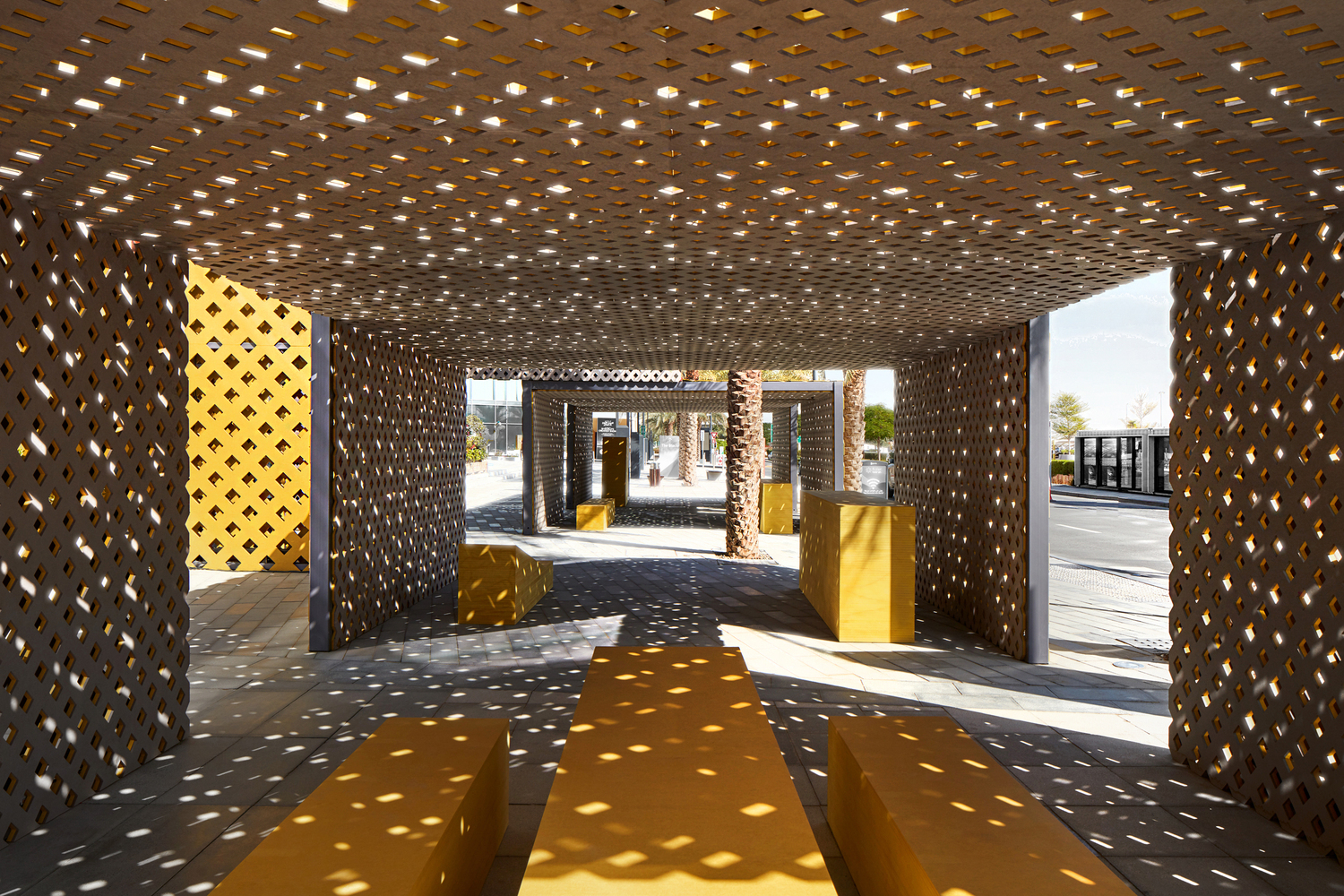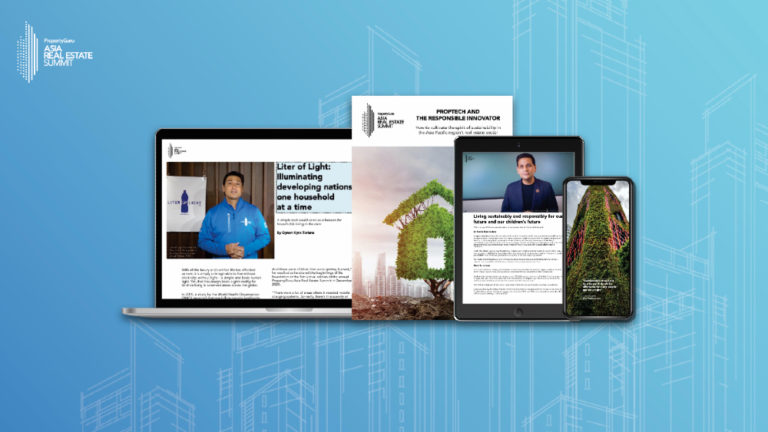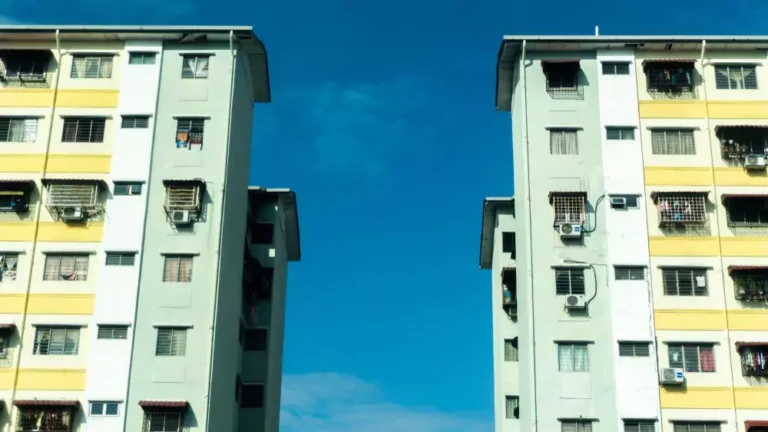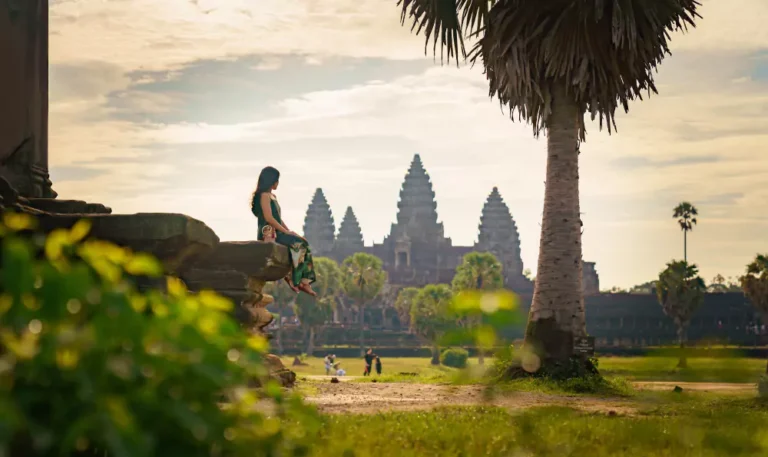News roundup: 7 Projects showcasing geometries of light and shadow, plus other headlines

For PropertyGuru’s news roundup, seven projects around the world create remarkable geometries of light and shadow. In other stories, impoverished rural villages in areas supplying Mumbai’s water needs are running dry. United Nations data suggest the world is losing almost four football fields worth of healthy land every second due to degradation from desertification.
Geometric patterns of light and shadow: 7 Projects with perforated skins
Although an architectural project comes to life with palpable materials, it is also defined by intangible qualities that give it richness, dynamism, and liveliness. Among them, the interplay of light and shadow can transform environments and affect their perception, determining the user’s spatial experience.
Besides providing natural ventilation, privacy, and thermal comfort, lattices allow this duality by filtering the entry of sunlight while projecting repetitive figures on the surface. In this way, perforated walls and ceilings can create multiple geometric patterns of light and shadow that become design elements capable of generating unique atmospheres.
To explore some of them, ArchDaily presents seven projects that create remarkable geometries of light and shadow – along with the materials and techniques that make them possible.
Rural India runs dry as thirsty megacity Mumbai sucks water
Far from the gleaming high-rises of India’s financial capital Mumbai, impoverished villages in areas supplying the megacity’s water are running dry – a crisis repeated across the country that experts say foreshadows terrifying problems.
“The people in Mumbai drink our water but no one there, including the government, pays attention to us or our demands,” said Sunita Pandurang Satgir in a CNA report, carrying a heavy metal pot on her head filled with foul-smelling water.
Demand is increasing in the world’s most populous nation of 1.4 billion people, but supplies are shrinking – with climate change driving erratic rainfall and extreme heat.
Large-scale infrastructure for Mumbai includes reservoirs connected by canals and pipelines channelling water from 100km away. However, experts say a failure of basic planning means that the network is often not connected to hundreds of rural villages in the region and several nearby districts. Instead, they rely on traditional wells.
But demand far outstrips meagre resources, and critical groundwater levels are falling.
UN: World losing 4 football fields worth of healthy land per second
The world is losing almost four football fields worth of healthy land every second due to degradation from desertification, data by the United Nations suggest.
At this rate, over 100 million hectares of healthy land are lost annually, according to data compiled by Anadolu ahead of 17th June, marked as World Day to Combat Desertification and Drought since 1994.
As reported in PNA, UN data reveals that since 1900, droughts have killed at least 11 million people while affecting over 2 billion people.
The World Day to Combat Desertification and Drought aims to raise public awareness about desertification, land degradation and drought.
The Property Report editors wrote this article. For more information, email: [email protected].
Recommended
Meet the architect transforming Asia’s retail spaces with nature-inspired designs
David Buffonge, the cofounder of Hong Kong-based Lead8, has strong opinions on how to improve built environments around Asia
ARES White Paper Volume 3: The era of adaptive reinvention
Pioneering sustainable and innovative practices in urban development
ARES White Paper Volume 2: Unravelling the power of data revolution in real estate
Insights on proptech, smart cities, and sustainable development
ARES Digital White Paper Volume 1: The fundamentals of responsible building
Green and climate heroes join forces to discuss how Asia Pacific can weather the current environmental crises and the looming effects of climate change






